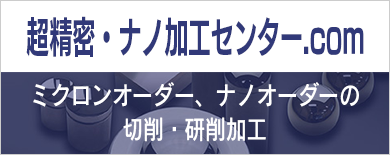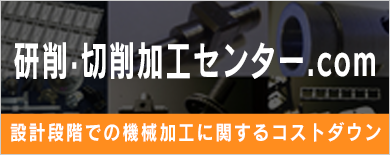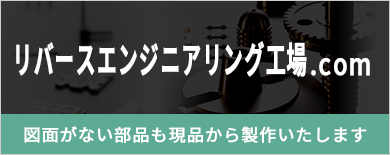スタッフブログ
10日目
10日目
ルールチェックシートすっかり仕上げました。それについて少しい書きます。実は、超読みにくいでした。技術的な言葉だけじゃなくて、読者は社内しかにいないから説明分がなくて社外は理解出来ません。だから日本人でも分からないと思います。ほとんどの文章をすっかり英語にしたけど、たまに断然無理な文章が出てきました。
例えば:航空機専属メンバ-(要員)は教育訓練表で航空機の力量があり、JISQ9100内部(村上)または外部(北村コンサル)セミナーを受講し、理解があり社長が承認した者とする。←Q622-10 航空機専属メンバ-(要員)一覧表に登録されてます。
全く出来ませんでした。
ただ、上司は手伝ってくれて、全部仕上げました。以上の例は30分をかかりました。
難しくても、役をもらって良かったです。紹介より、チェックシートの内容がもっと日本語らしいとおもいます。それで、専門的な言葉になれて、会社の内容も理解出来るようになりました。
ところで、昨夜一つ勉強になりました。治具という工具の読み方はヤッパリ「じぐ」ですね。驚いたことに「治具」という日本語は同義の英単語に漢字を当てます。“Jig”に由来するのです。面白いでしょう?
Day 10
The rule check sheet has finally been finished, so I’ll write a little about that. Truthfully, it was really hard to get through. Besides being very heavy on technical language, the contents were all shortened (as is usual in a document of this type, as readers aren’t expected to be outside of the company). As a result, even most Japanese people would have a hard time getting through the content. I managed to translate most of the sentences, but occasionally something completely impossible would crop up.
For example: In order to have the qualification necessary to be involved in a project related to aerospace project, a member must first be recognized by their section chief. Following this, they have to have led a JISQ9100 project or attended a seminar taken by the outsourced consultants 北村コンサル. Finally, they must be recognized by the company manager. Only under these conditions can they be involved in aerospace machinery projects.
I really struggled with that one. But, with my senior’s help everything got done. The above example took about half an hour.
It was a challenge, but I’m pleased I was given the task. Even more so than the company introduction, in terms of Japanese language, the checklist was the real deal. Through it I was exposed to specialist terminology and became yet more familiar with my company (which I’m pretty confident was the point of this internship in the first place).
By the way, I learnt something interesting last night. The characters for the tool “jig” are 治具 which are read as “ji-gu”. I hope that’s interesting to more people than me.



